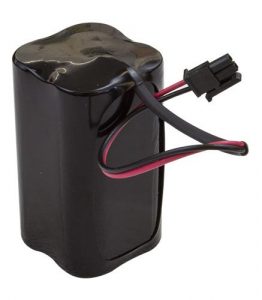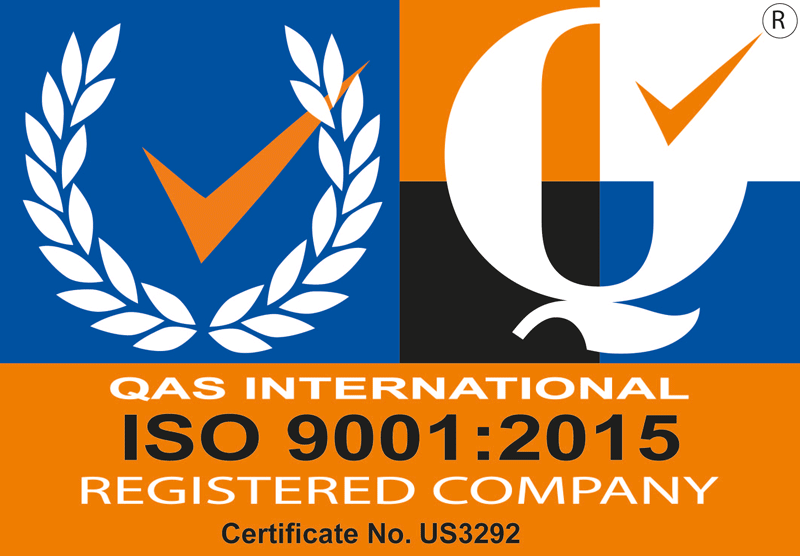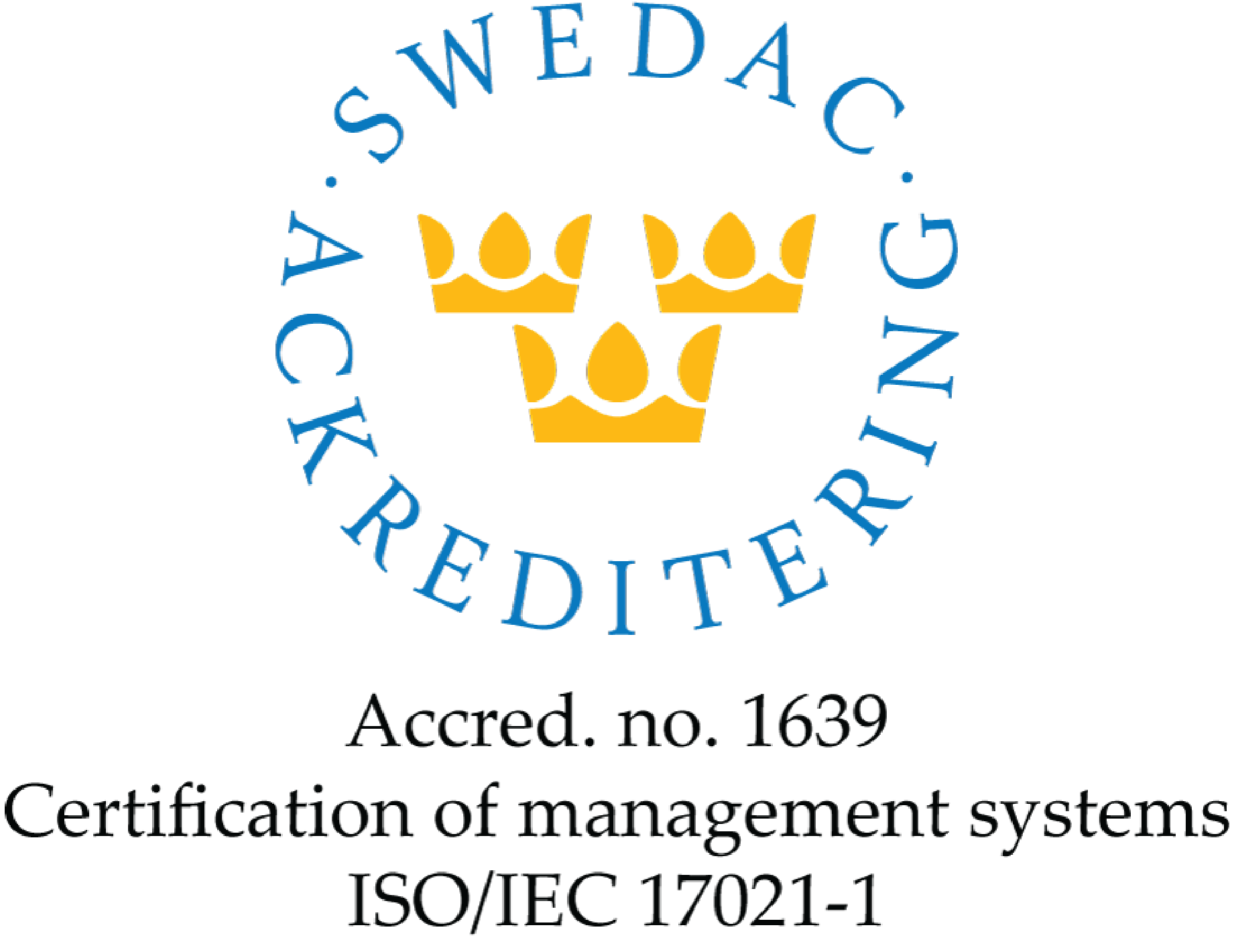Lithium Primary Solutions
 Unlike the other chemistries, lithium primary is a family of chemistries that all use the chemically active metal lithium. There are currently 5 different lithium chemistries available.
Unlike the other chemistries, lithium primary is a family of chemistries that all use the chemically active metal lithium. There are currently 5 different lithium chemistries available.
However, lithium thionyl chloride has become the most important of these lithium chemistries over the last 20 years. The reasons speak for themselves; thionyl chloride cells have an incredible temperature range of -56 °C to +85 °C. Couple this with very low self-discharge that allows them to be used over a 20 year period and it’s obvious why these cells are essential for powering remote devices in the environment worldwide.
Excell also uses special thionyl chloride cells designed for the drilling companies in the oil industry. These cells are rated commonly to 150 °C but some models are rated for as high as 200 °C.
Lithium cells utilize one of 3 different cell construction types. These types determine characteristics of cells including current capability, performance, self-discharge, and cost. The common construction types are:
-
Bobbin
This type has a limited electrode surface area and performs extremely well in low current drain applications which require long life and a wide temperature range.
-
Spiral
This type has a maximum electrode surface area giving them high current capability and much better performance in high drain applications. Pulse applications are where this type of battery really excels.
-
Dual Anode
The electrode surface area is in between a spiral and bobbin type. Giving better performance than a bobbin cell in a moderate rate application, these types are ideally suited for very high vibration environments.



